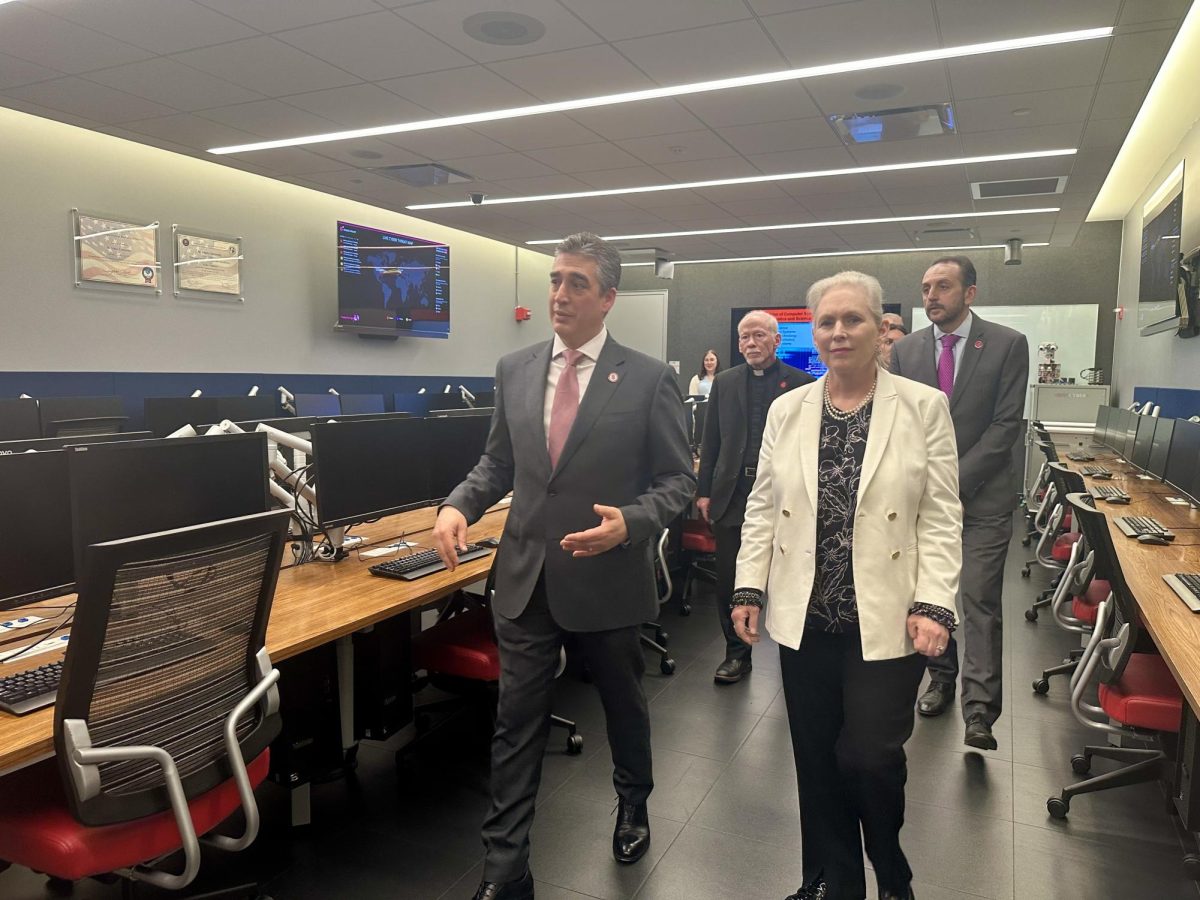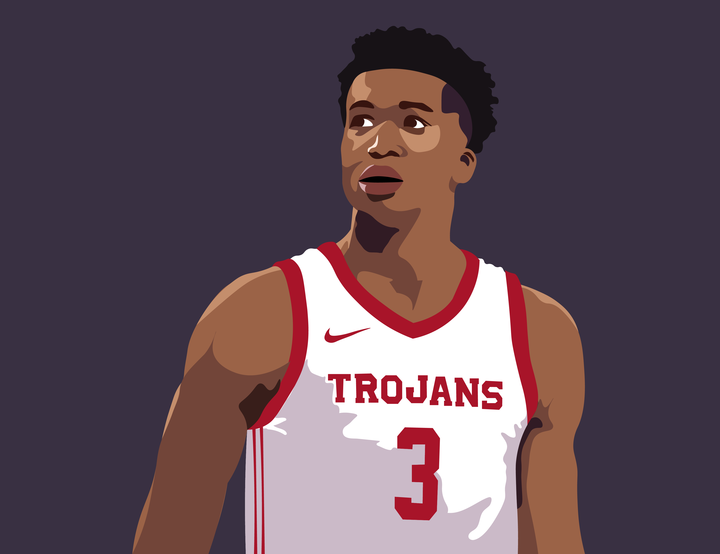The department of Human Resources launched a mandatory orientation program on Oct. 16 that will help educate student workers on University policies and requirements.
“If there is an orientation for new full-time hires at the University, I think there should be an orientation for new students who work for the University,” Yahve Alcinay, student recruitment assistant of Human Resources, said. “Administration and faculty have to represent the University in the work place and so do the students.”
All current and new student workers, regular or work study, must attend one meeting held during common hour in the St. John’s annex at Citibank, in which they are informed of basic policies.
“We are planning to print a student handbook this December which will illustrate these policies, such as wearing the appropriate attire to your department you’re working in and the importance of attendance and punctuality,” Alcinay said.
Students can only work a maximum of 20 hours per week during the school year and a maximum of 35 hours per week during the summer. Workers should dress according to there department environment and must maintain a cumulative GPA of 2.0.
Undergraduate full-time students must be a enrolled with a minimum of 12 credits and graduate students with a minimum of nine credits to stay in the program.
Human Resources will notify various departments throughout the school year when their student workers are required to attend their session. If a student refuses to attend the program, they may be fired
“It is important to know that the St. John’s work policy is ’employment at will.’ Meaning, if worse comes to worse and they just don’t want to come in, they can be terminated just for that simple reason. I don’t see why a student shouldn’t want to come to an orientation, it’s only an hour,” Alcinay said.
New students are optimistic about the benefits of the program.
“I think that this orientation will help me learn how to be better at what I do as well as keep school and work at a balance,” Kelly McDonagh, a freshman education major and student worker, said.
“Not only does this orientation help me understand what my objective is as a worker, but I will learn about what is expected of me,” Kelnisha Murphy , a freshman psychology major, said.
Current student workers may feel they know the current policies, but Alcinay explained that they are still required to attend the orientation to ensure that all student workers are aware of the same rules and policies.
Supervisors are not required to attend these forums but are encouraged to, in order to learn what to expect from their workers once they are informed of policies and regulations.
“[Student workers] are trying to get a degree and we are here to help. We should befriend them and come and give them our support,” Keith Thomas, a technician for Information Technology, said.
The program was created in order to develop a formal way policies and regulations would be communicated to students.
In the past, this information was given on a case by case basis when a supervisor or student would inquire about it.
“There is nothing that concentrates on employment and how [the students] can benefit,” Alcinay said. “I think workplace conduct is a training ground for communication skills, and for anything. We have to realize this, be a little bit more student centered and keep them within the University mission.”
Human Resources hopes to plan more events with the Career Center, host interactive work shops like teaching business etiquette and collaborate with Information Technology to help students develop software application skills.

















